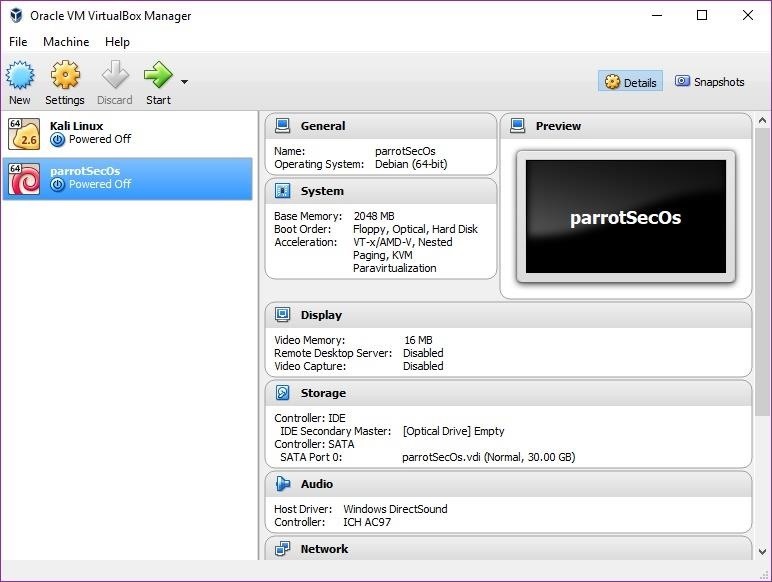

#VIRTUALBOX ALTERNATIVE FOR LINUX WINDOWS 10#
When choosing the best virtual machine windows 10 solution or any other virtual machine, it means you will select between either a Type 1 or Type 2 hypervisor. The hypervisor scheduler can schedule time with the CPU so that all requests from the different virtual machines are processed efficiently. You can think of the hypervisor as the manager of the CPU’s time that schedules out the processing of requests coming from the various virtual machines. This capability is possible through the hypervisor’s scheduling of physical resources such as the CPU. You may wonder how a hypervisor can provide resources such as compute cycles to many different virtual machines using the same hardware. The hypervisor uses the above components and others not listed to provide resources to virtual machines. Hypervisors include the following components: It allows effectively providing resources for many different virtual machines on the same set of physical hardware. The hypervisor aggregates physical hardware resources, such as CPU, memory, and storage, into resource pools. The hypervisor serves as an abstraction layer between the operating system and the underlying physical hardware. The hypervisor separates and isolates the hypervisor, operating system, and all the physical resources.
#VIRTUALBOX ALTERNATIVE FOR LINUX SOFTWARE#
A hypervisor is a software called a virtual machine monitor that creates and runs virtual machines. The many capabilities and abstractions provided by virtualization are made possible by using a hypervisor. What makes these capabilities possible? Hypervisor The operating system instance can move to a different host if a virtualization host fails. This layer of abstraction now means that multiple virtualized hosts can run in a clustered manner so that an operating system is resilient to a particular virtualization host failure. The operating system instances run in what are known as virtual machines. Virtualization allows effectively abstracting this traditional 1-to-1 relationship so that many operating system “instances” can run on top of the same set of physical hardware simultaneously. For one, your operating system and any services, resources, and other critical data residing on it are subject to any hardware failures and other issues with the underlying physical hardware. It highlights many challenges with the conventional approach to operating systems installed on a single physical hardware set. The traditional way of installing operating systems on physical hardware is very limiting. In traditional data centers, this means you have one copy of the Windows Server operating system or Linux operating system installed on the underlying physical hardware. With traditional servers and workstations, you have one operating system bound to one set of physical hardware. What is Virtualization?Īs mentioned, virtualization has been a revolutionary technology that allows organizations to use physical server hardware in ways that were not possible before. In this guide, we will look at the best virtual machine Windows 10 solution and see what platforms are available to virtualize Microsoft’s most popular OS and run inside a virtual machine Windows 10 environment.



Microsoft’s Windows 10 operating system is arguably one of the most popular OS’es subject to virtualized solutions. Many different hypervisors and solutions are available, including “pay for” enterprise datacenter hypervisor solutions to freely available desktop and server virtualization products that allow taking advantage of the efficiencies and capabilities provided by virtualization. It has allowed a paradigm shift in the data center for organizations that can now run much denser, more efficient environments than ever before. Virtualization has unlocked the true potential of modern hardware platforms. Undoubtedly, one of the most significant advancements in computing in the past two decades or so has been server and client virtualization, leading to questions such as what is the best virtual machine for windows 10.


 0 kommentar(er)
0 kommentar(er)
